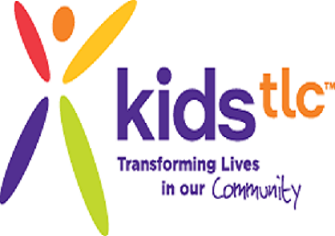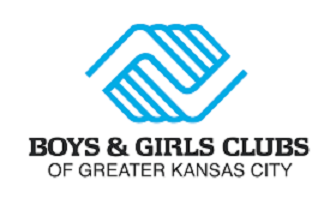Blog
02 May KidsTLC Receives $50,000 Grant from the H&R Block Foundation
KidsTLC was recently awarded a $50,000 grant from the H&R Block Foundation to underwrite agency wide professional development. Foundation funds will be used to specifically to support staff training, consultation, and supplies focused on our agency’s “Philosophy of Care,” Dyadic Developmental Psychotherapy (DDP).02 May Boys & Girls Clubs of Greater Kansas City Receives Grant for $823,368 from the Missouri Department of Elementary and Secondary Education 21st Century Learning Centers
The Boys & Girls Clubs of Greater Kansas City (BGCKC) recently received a grant for $823,368 from the Missouri Department of Elementary and Secondary Education 21st Century Community Learning Centers to provide youth development and academic improvement opportunities to middle school students at Clifford H. Nowlin Middle School.25 Apr Missouri Department of Elementary and Secondary Education (DESE) Awards the Boys and Girls Clubs of Greater Kansas City a $754,083 21st Century Learning Centers (21st CCL) Grant
The Boys and Girls Clubs of Greater Kansas City (BGCKC) was recently awarded a $754,083 grant from the Missouri Department of Elementary and Secondary Education 21st Century Learning Centers to create a new afterschool site at Lee A. Tolbert Community Academy (LATCA).25 Apr Fuller Center for Housing of Greater Kansas City Receives $2,000 Grant from Home Depot Foundation
Fuller Center for Housing of Greater Kansas City was recently awarded a $2,000 grant from the Home Depot Foundation to support their Greater Blessing Minor Home Repair program.25 Apr USDA funds for technology infrastructure can assist rural entities address gaps in access by Julie Alsup, GPC
COVID-19 has forced many schools, hospitals, and agencies to launch emergency operations that they did not previously offer or to expand upon services that were quickly found to be insufficient. Many limped into virtual operations without adequate technology infrastructure, software platforms, or sufficient bandwidth (both internet signal and staff capacity). The USDA Rural Utilities Services Distance Learning and Telemedicine Grant is not new, but it has certainly launched itself into celebrity status. This three-year grant provides eligible applicants the funding to purchase telecommunications equipment, computer networks, and related advanced technologies to be used by students, medical professionals, and rural residents for the purpose of expanding telemedicine and distance learning to rural communities.20 Apr One Size (of Diversity) Will Not Fit Most, by AGS Staff
As grant writers, we help secure much-needed funding so projects or programs can fulfill their objectives. As our society evolves, more and more funders are including cultural competency questions in their grant applications. Funders want to know that investing in your organization’s project or program helps a vast array of people and that your organization is cognizant of serving people in a way that is inclusive, respectful of diversity, and equitable. However, much like the for-profit world, the non-profit sector is not always diverse or culturally competent.06 Apr “You Don’t Look Good in Orange” by Whitney Gray, GPC
During my years as the staff grant writer/developer/manager at a small liberal arts university, I had the privilege of working with exceptionally talented faculty members who were passionate about developing their programs with grant funding. I also had the privilege of working with executive level administrators skilled at driving the strategic plan and maintaining the daily operations of the university. Neither stakeholder group had the time or inclination to wade through the minutia of funder requirements. That was my job. Described below are some of the strategies I found effective for educating key personnel and organization administrators about the “shall” and “shall not” of funder requirements.29 Mar Conducting Mission-Focused Planning and Needs Assessments with Applicant Organizations: Part 2 – Assessing the Need Written by Julie Alsup, GPC and Tom Assel, GPC
Posted at 20:42h
in Competency Two, Julie Alsup, GPC, Organizational Readiness, Program Design, Program Development, Thomas Assel, GPC
In Part 1, we talked about finding and using existing needs assessments. But suppose no appropriate needs assessment data already exists. How do you start the needs planning process?









